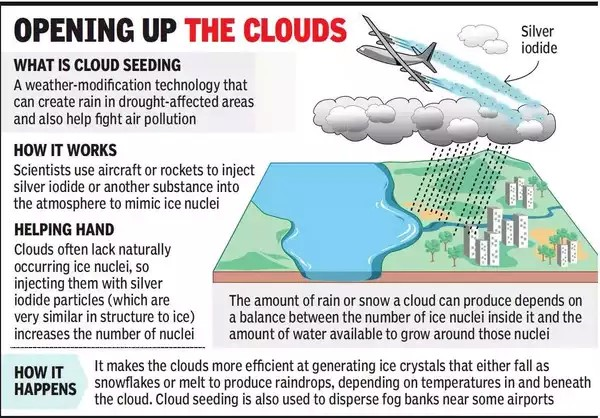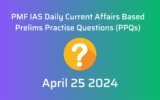
Koya Tribe Help Conserve Indian Bison
Subscribers of "Current Affairs" course can Download Daily Current Affairs in PDF/DOC
Subscribe to Never Miss an Important Update! Assured Discounts on New Products!
Must Join PMF IAS Telegram Channel & PMF IAS History Telegram Channel
- Context (TH): The Koyas of Papikonda Hills switched from Bison horns to palm leaves for their traditional flute, Permakore, as a conservation measure for the Indian Bison of Eastern ghats.
Indian Bison (Bos gaurus)
- Indian bison (or Gaur) is the largest among the wild cattle and the bovids (mammals with cloven hoofs and unbranched hollow horns).
- The domesticated form of the gaur is called Gayal or Mithun.
- Distribution: It is native to South, Southeast, and East Asia. In India, it is found in parts of the Himalayan foothills, NE India, Eastern Ghats, and Western Ghats.
- It is an attraction of Wayanad, Nagarhole, Mudumalai, and Bandipur national parks.
- Trishna Wildlife Sanctuary in Tripura is India’s only natural breeding centre for bison.
- Habitat: It is found in evergreen, semi-evergreen, moist deciduous and dry deciduous forests.
- Threats: Habitat loss, hunting, invasive species and diseases.
- Conservation status: IUCN: VU | CITES: Appendix I | WPA: Schedule I

Koya Tribe
- Koya tribe is found in Andhra Pradesh, Telangana, Chhattisgarh, and Odisha.
- Traditionally, Koyas were soldiers of the palegars (feudal lords) and practised podu cultivation.
- Today, Koyas are mainly settled cultivators and artisans.
Papikonda Hills
- The Papikondalu hills of Andhra Pradesh are also known as the ‘Bison Hill range’.
- In 1978, a section of the hill range was declared a sanctuary, with the Indian Bison as its megafauna.
- The Papikonda National Park was declared in 2008.
- The Polavaram irrigation project and clearing forest for Podu cultivation threatens the park.





![PMF IAS Environment for UPSC 2022-23 [paperback] PMF IAS [Nov 30, 2021]…](https://pmfias.b-cdn.net/wp-content/uploads/2024/04/pmfiasenvironmentforupsc2022-23paperbackpmfiasnov302021.jpg)











